How does the Venus Flytrap prevent itself from capturing its pollinators?
The Venus Flytrap (Dionaea muscipula) has a specialized mechanism to prevent it from capturing its pollinators. The plant is able to distinguish between the movements of potential prey and the movements of pollinators. The trigger hairs, which are located inside the trap, are sensitive to touch and are able to detect the movements of prey.
When a potential prey, such as an insect, touches one of the trigger hairs, it triggers an electrical signal that travels to the cells at the base of the trigger hairs. This causes the trap to close rapidly and capture the prey.
However, the Venus Flytrap is able to distinguish between the movements of prey and the movements of pollinators, such as bees and butterflies. The movements of pollinators are much faster and more erratic than the movements of prey. The Venus Flytrap has evolved to recognize these specific movements and will not trigger its trap in response to them.
In addition, the Venus Flytrap only produces nectar inside the trap when it is in bloom and ready to be pollinated. This means that pollinators are only attracted to the trap when it is in a non-capturing state.
In addition to the mechanisms mentioned earlier, the Venus Flytrap also has a unique flowering stalk that helps to prevent it from capturing its pollinators. The flowering stalk of the Venus Flytrap grows tall above the leaves and traps, and it produces small, white flowers at the top.
The flowers produce nectar, which attracts pollinators such as bees and butterflies. The pollinators are able to visit the flowers and collect the nectar without coming into contact with the trigger hairs of the Venus Flytrap. This ensures that the pollinators are not mistakenly captured by the plant.
Furthermore, the Venus Flytrap produces a distinctive scent from its flowers, which is different from the scent produced by its leaves. This scent helps to guide pollinators to the flowers and away from the traps.
Overall, the Venus Flytrap has evolved multiple strategies to ensure that it does not capture its pollinators, including the production of nectar and scent from its flowers, and the recognition of specific movement patterns of pollinators. These strategies help to ensure that the plant is able to reproduce successfully through pollination while still capturing prey for nutrition.

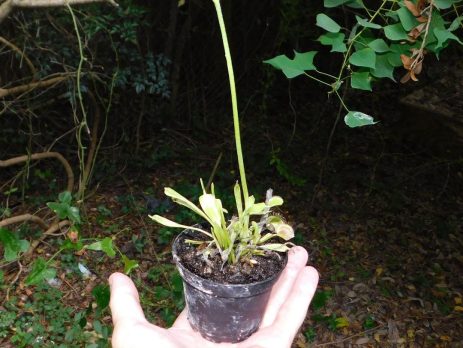
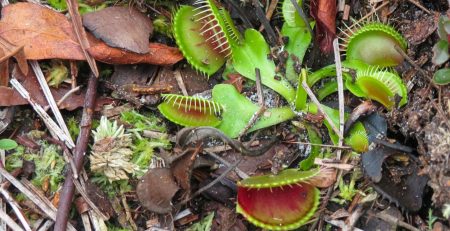
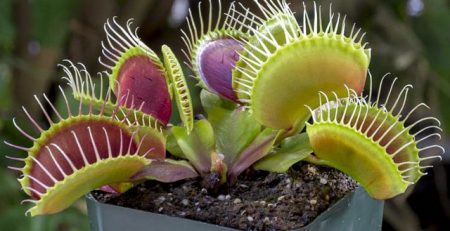
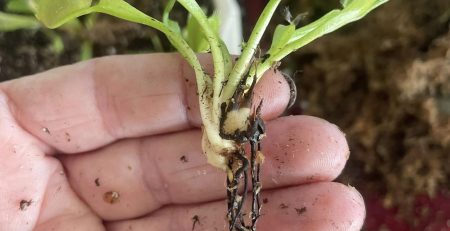
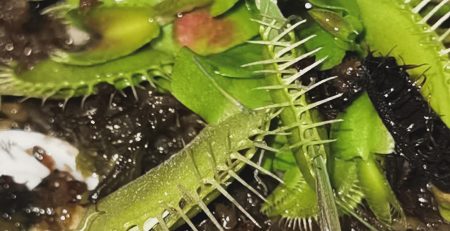
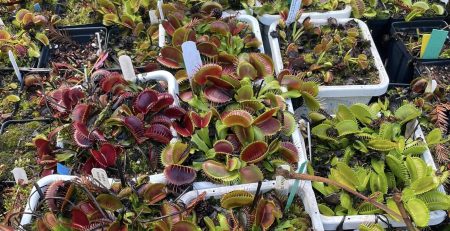
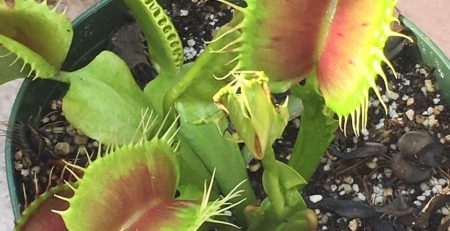
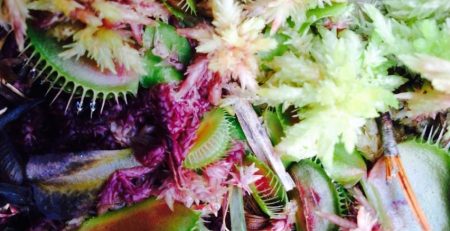
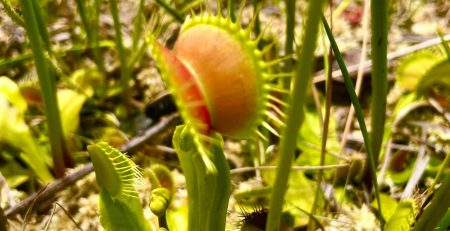
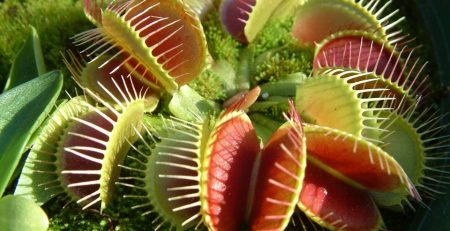
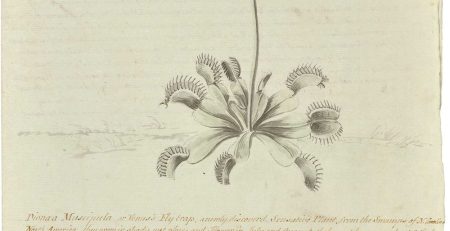
Leave a Reply
You must be logged in to post a comment.